Advertisement
In 2023 and 2024, Langchain gained a reputation as a go-to framework for building LLM-based applications. Its ability to chain prompts, manage memory, and integrate with tools like Pinecone or OpenAI made it a staple for developers who wanted more control. But as LLMs matured, so did the ecosystem around them.
By 2025, new (and some revamped) libraries have stepped up with leaner APIs, faster runtimes, and more flexible integrations. If you're building something serious with language models this year, you don't have to stick with Langchain. Here are eight strong alternatives worth using in 2025 and why each might suit your project better.
LlamaIndex started as a tool for connecting LLMs to private data. Since then, it's grown into a full framework that rivals Langchain in functionality. Its core strength lies in building efficient indexes on structured or unstructured data and enabling LLMs to query that data contextually.
In 2025, LlamaIndex will offer a cleaner interface and perform better on long documents. It supports vector stores like FAISS, Chroma, and Weaviate and works well with OpenAI, Anthropic, and other model providers. You can build RAG pipelines quickly without too many moving parts. Compared to Langchain, it feels less bloated and easier to debug.
Haystack has existed longer than Langchain but gained momentum after LLMs went mainstream. It's designed around modular pipelines for question answering, semantic search, summarization, and more.
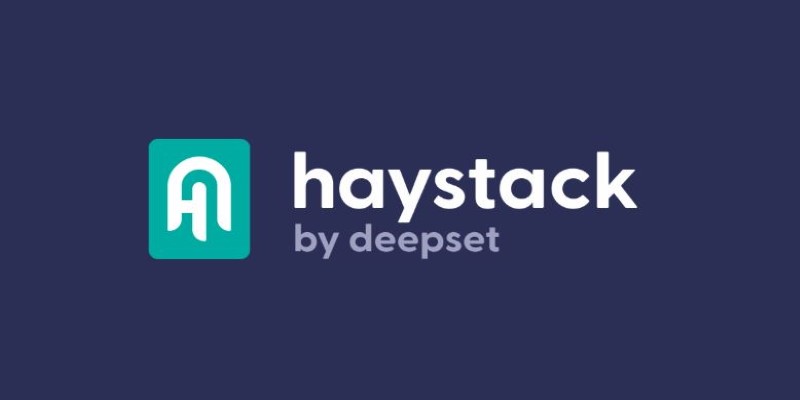
In its 2025 version, Haystack supports both open-source and commercial LLMs. It integrates with Hugging Face models, vector databases, and REST APIs. The pipeline structure is great if you want fine control over each step in your application (retrieval, generation, re-ranking, etc.).
It can be heavier to set up than Langchain, but the tradeoff is more transparency and fewer surprises in production.
Semantic Kernel (SK) is Microsoft's open-source orchestration framework for AI applications. Similar to Langchain, it supports plugins, memory storage, and function chaining but uses a more structured C# and Python approach.
In 2025, SK is integrated deeply with Microsoft’s Azure AI stack, making it easy to build apps on top of OpenAI’s APIs or local models. One standout feature is how it handles semantic memory and planning, helping LLMs reason through longer task chains.
It works well for people already invested in .NET or Azure, though it's also gaining adoption in Python circles.
CrewAI offers a different approach: building AI agents that behave like teams. Instead of chaining prompts or adding memory layers, CrewAI lets you assign roles, goals, and tools to each "agent " and coordinates them like a mini startup.
By 2025, CrewAI will support multiple LLM backends (OpenAI, Mistral, Claude, etc.) and can connect to external tools like APIs, databases, and browsers. It's minimal by default, but its real strength is parallelism—agents can work concurrently toward a shared goal.
It's a good fit for situations where you need more autonomy or collaboration between LLM instances, such as task decomposition or research workflows.
Dust is a hosted platform that provides a visual way to build LLM workflows. It emphasizes versioning, experimentation, and team collaboration. Think of it as a notebook for complex language workflows.
While Langchain offers similar tools through chains and agents, Dust makes debugging and tweeting prompts easier in real time. Its 2025 version supports branching, testing variations, and integrating APIs and custom logic.
Dust saves time if you're a product or UX-focused team looking to ship AI features without writing a full orchestration layer.
PromptLayer is less of a Langchain replacement and more of a companion—or a backend that works with any LLM framework. But in 2025, it will stand on its own thanks to better logging, prompt versioning, and debugging features.
PromptLayer integrates with your Python code and captures every LLM call, prompt, and response. You can compare versions, monitor token usage, and fine-tune your app's performance. It’s become popular for teams trying to tame the prompt engineering chaos. It doesn’t chain or plan, but it gives you full visibility into what your LLM is doing and why.
Flowise is a drag-and-drop interface for building LLM workflows—like Langchain with a GUI. Under the hood, it runs on Langchain's primitives but hides the boilerplate. In 2025, Flowise supports OpenAI, Cohere, Anthropic, Hugging Face models, and most vector stores.

What sets Flowise apart is its simplicity. You can define chains visually, test them instantly, and export them into production. It supports logic nodes, conditionals, and external APIs.
While it may not replace Langchain in deeply customized systems, it’s perfect for teams who want working prototypes in hours, not days.
OpenAgents is a new entry in 2025 but already promising. It builds on the idea of reusable, pluggable agents that can search, plan, execute, and remember. Unlike Langchain, which often requires building chains manually, OpenAgents encourages composition—like writing reusable functions.
It comes with built-in tools (web browsing, file reading, code execution) and allows you to define your own. Each agent is lightweight and portable. OpenAgents emphasizes security and observability, which is helpful when deploying LLMs in production systems.
Langchain helped many developers bridge the gap between prompts and real applications, but it's not the only option anymore. Whether you want something more minimal, visual, open-source, or agent-focused, these alternatives give you plenty to work on in 2025. Tools like LlamaIndex, Haystack, and CrewAI show how far LLM infrastructure has come—and that choosing the right tool depends more on your specific use case than any one framework’s popularity. Try a few out and see what fits your workflow best.
Advertisement

Looking to build practical AI that runs at the edge? The AMD Pervasive AI Developer Contest gives you the tools, platforms, and visibility to make it happen—with real-world impact

Tech giants respond to state-level AI policies, advocating for unified federal rules to guide responsible AI use.
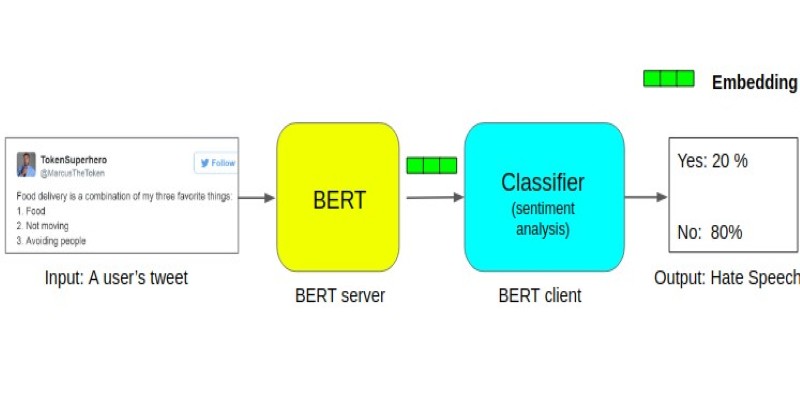
Learn about the BERT architecture explained for beginners in clear terms. Understand how it works, from tokens and layers to pretraining and fine-tuning, and why it remains so widely used in natural language processing
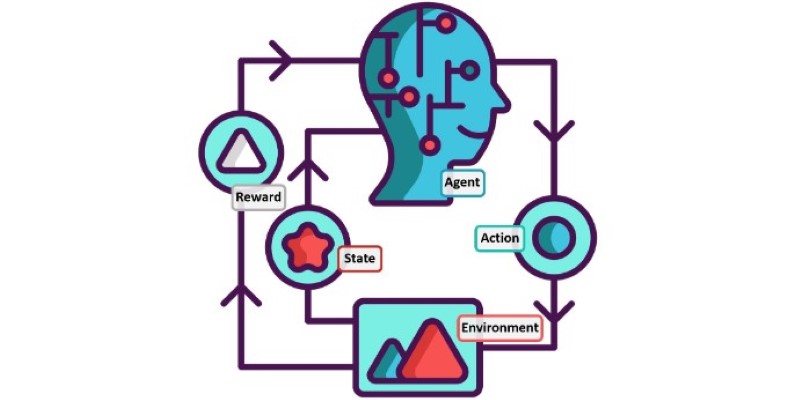
Confused between lazy learning and eager learning? Explore the differences between these two approaches and discover when to use each for optimal performance in machine learning tasks

Discover the best Business Intelligence tools to use in 2025 for smarter insights and faster decision-making. Explore features, ease of use, and real-time data solutions
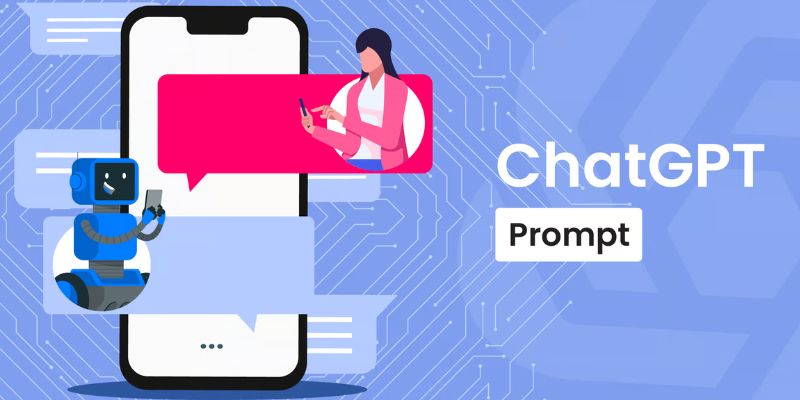
Discover the top eight ChatGPT prompts to create stunning social media graphics and boost your brand's visual identity.
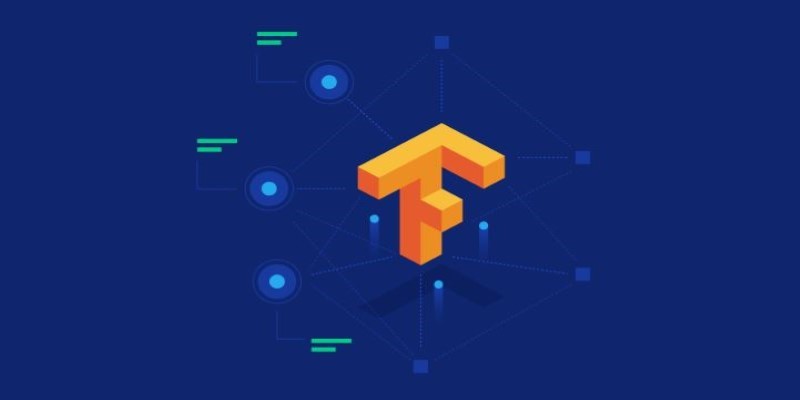
How to write a custom loss function in TensorFlow with this clear, step-by-step guide. Perfect for beginners who want to create tailored loss functions for their models

Discover strategies to train employees on AI through microlearning and hands-on practice without causing burnout.

Can AI actually make doctors’ jobs easier? Microsoft just launched its first AI assistant for health care workers—and it's changing the way hospitals function

How to implement Policy Gradient with PyTorch to train intelligent agents using direct feedback from rewards. A clear and simple guide to mastering this reinforcement learning method
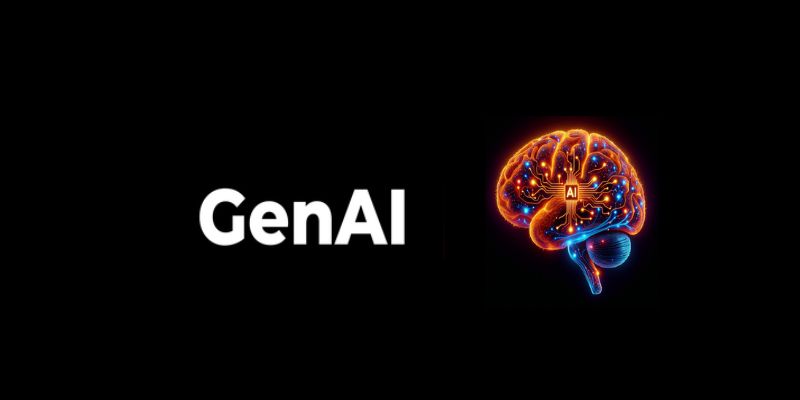
Learn how to boost sales with Generative AI. Learn tools, training, and strategies to personalize outreach and close deals faster

Delta partners with Uber and Joby Aviation to introduce a hyper-personalized travel experience at CES 2025, combining rideshare, air taxis, and flights into one seamless journey